Earlier this week, we gave a brief preview of Delicious Monster's Delicious Library 3, a brand-new version of the company's popular cataloging app for OS X. The app is now available in the Mac App Store [Direct Link], and Ars Technica has a thorough overview of the new features.
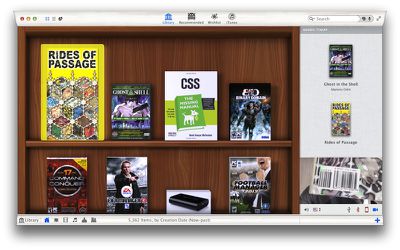
Among the most immediately obvious changes for existing users of Delicious Library is its updated look, which includes the use of SceneKit to boost the realism, along with subtle animation that allows shelf items to constantly move to face the user's mouse cursor.
"We cranked up all the visuals and then cranked down every visual effect so it was something you didn't notice very much," [Delicious Monster CEO Wil] Shipley said. "This has all the graphics effects and polish of a game from a couple years ago. As far as I know, nobody else has used OpenGL in consumer products like this at all, much less the environment mapping and other stuff like that."
Other enhancements include a new stats pane to give users quick overviews of their collections, as well as a completely revamped recommendation engine.
"This isn't about what I own, it's about getting my personality in the computer," Shipley said. "Now, if you scan your whole DVD collection, it provides a bunch of recommendations based on the aggregate of that information. Then if you rate them all, it'll refine the recommendations."

Finally, Delicious Monster has released a free companion iOS app, Delicious Scanner [Direct Link], that will pair with the user's Mac over Wi-Fi and allow his or her iOS device to serve as a mobile barcode scanner.
Delicious Library 3 is available now in the Mac App Store for $24.99. [Direct Link]


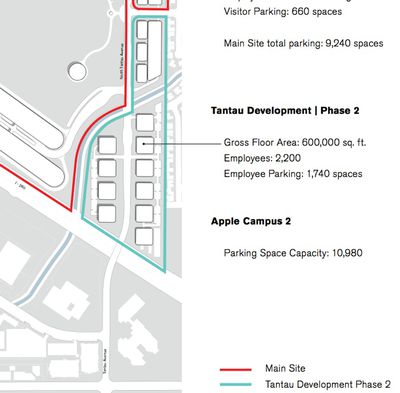

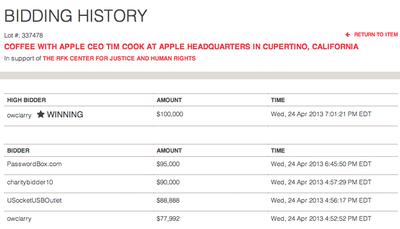
 Former Apple employee and JailbreakMe.com
Former Apple employee and JailbreakMe.com 

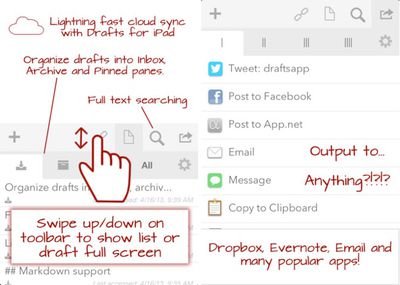
 Amazon is developing a set-top box to stream video over the Internet via its Amazon Prime and Instant Video services,
Amazon is developing a set-top box to stream video over the Internet via its Amazon Prime and Instant Video services, 
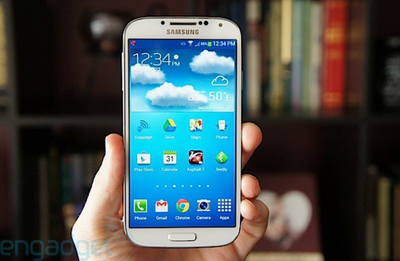 Image via
Image via 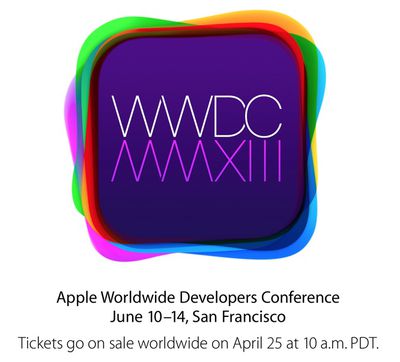 In past years, Apple has put tickets on sale simultaneously its announcement, but with tickets selling out in shorter and shorter amounts of time, it appears that Apple has decided to announce the on-sale time a day early in order to give developers equal chances at obtaining tickets. Tickets for WWDC 2012 sold out in
In past years, Apple has put tickets on sale simultaneously its announcement, but with tickets selling out in shorter and shorter amounts of time, it appears that Apple has decided to announce the on-sale time a day early in order to give developers equal chances at obtaining tickets. Tickets for WWDC 2012 sold out in 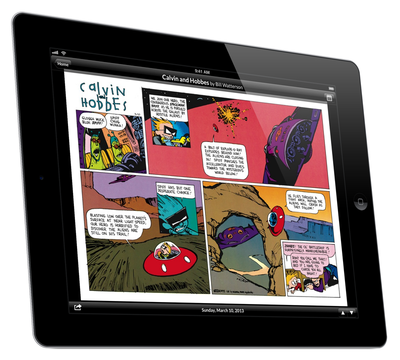
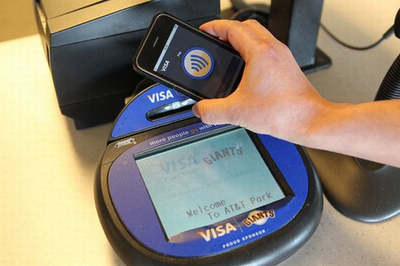
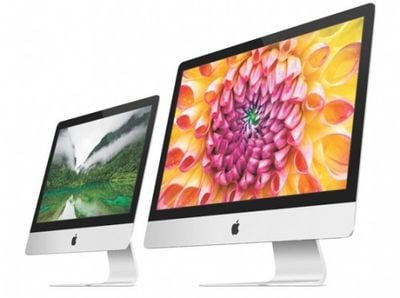
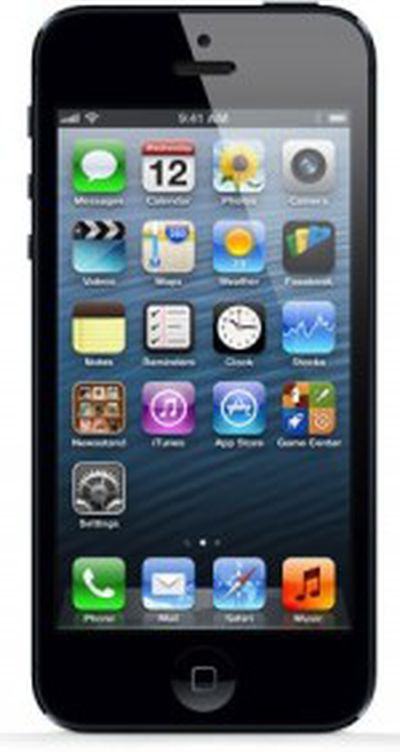 There have been numerous rumors claiming that Apple is working on an
There have been numerous rumors claiming that Apple is working on an 










